Erfan Tavakoli
Continuous-Time User Modeling in the Presence of Badges: A Probabilistic Approach
Feb 07, 2017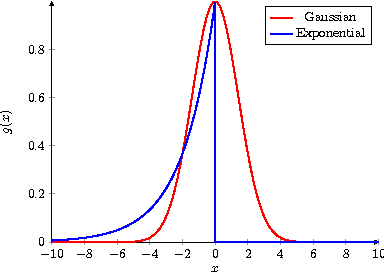

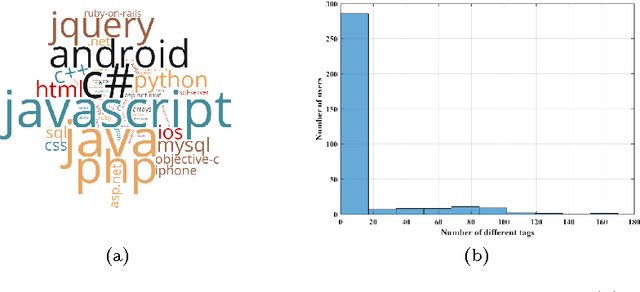

Abstract:User modeling plays an important role in delivering customized web services to the users and improving their engagement. However, most user models in the literature do not explicitly consider the temporal behavior of users. More recently, continuous-time user modeling has gained considerable attention and many user behavior models have been proposed based on temporal point processes. However, typical point process based models often considered the impact of peer influence and content on the user participation and neglected other factors. Gamification elements, are among those factors that are neglected, while they have a strong impact on user participation in online services. In this paper, we propose interdependent multi-dimensional temporal point processes that capture the impact of badges on user participation besides the peer influence and content factors. We extend the proposed processes to model user actions over the community based question and answering websites, and propose an inference algorithm based on Variational-EM that can efficiently learn the model parameters. Extensive experiments on both synthetic and real data gathered from Stack Overflow show that our inference algorithm learns the parameters efficiently and the proposed method can better predict the user behavior compared to the alternatives.
Smart broadcasting: Do you want to be seen?
May 22, 2016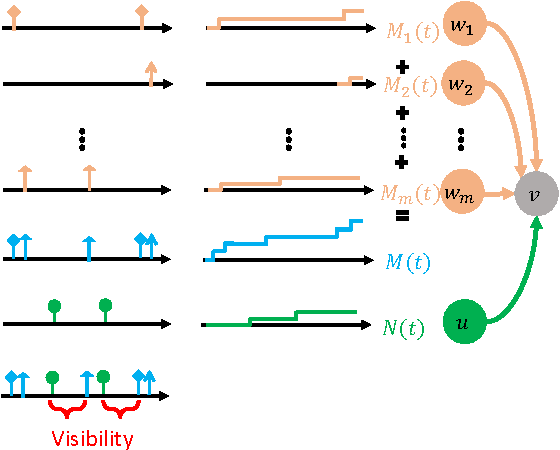
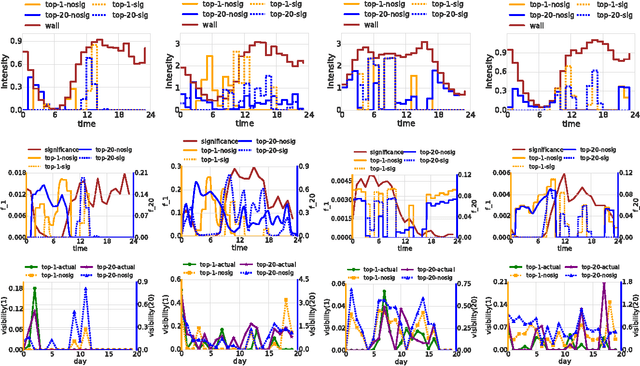
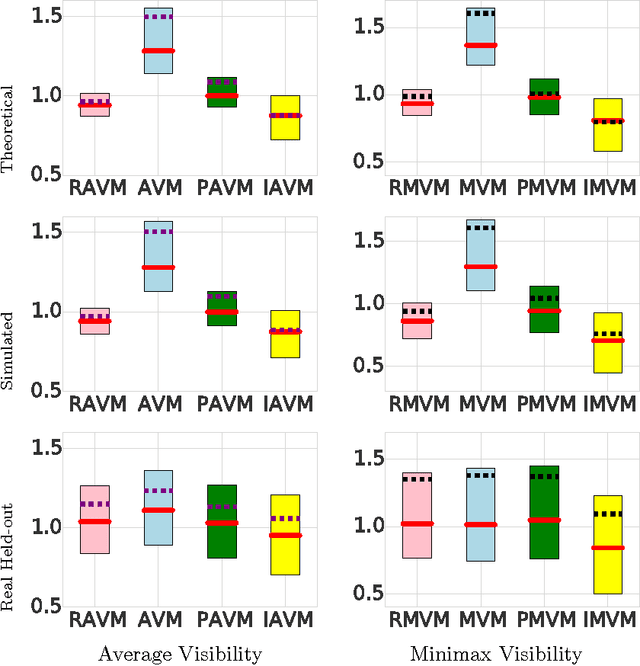

Abstract:Many users in online social networks are constantly trying to gain attention from their followers by broadcasting posts to them. These broadcasters are likely to gain greater attention if their posts can remain visible for a longer period of time among their followers' most recent feeds. Then when to post? In this paper, we study the problem of smart broadcasting using the framework of temporal point processes, where we model users feeds and posts as discrete events occurring in continuous time. Based on such continuous-time model, then choosing a broadcasting strategy for a user becomes a problem of designing the conditional intensity of her posting events. We derive a novel formula which links this conditional intensity with the visibility of the user in her followers' feeds. Furthermore, by exploiting this formula, we develop an efficient convex optimization framework for the when-to-post problem. Our method can find broadcasting strategies that reach a desired visibility level with provable guarantees. We experimented with data gathered from Twitter, and show that our framework can consistently make broadcasters' post more visible than alternatives.
 Add to Chrome
Add to Chrome Add to Firefox
Add to Firefox Add to Edge
Add to Edge